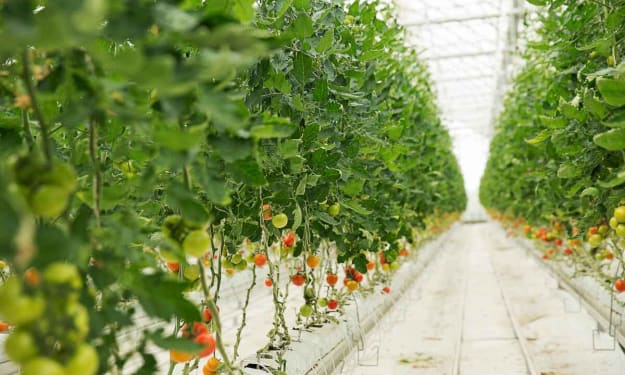
India is a country located in South Asia, bordered by Pakistan to the west, China and Nepal to the north, Bhutan to the northeast, and Bangladesh and Myanmar to the east. It is the seventh largest country in the world by area, with a population of over 1.3 billion people, making it the second most populous country in the world.
The history of India dates back thousands of years, with evidence of civilization dating back to the Indus Valley Civilization, which existed from 3300 BCE to 1300 BCE. Throughout its history, India has been ruled by various empires, including the Mauryan, Gupta, Mughal, and British Empires. The country gained independence from Britain in 1947 and became a democratic republic.
The economy of India is one of the fastest-growing in the world, with a mix of agriculture, services, and manufacturing sectors. Agriculture is still a major sector, with over 50% of the population employed in this field. The services sector, including information technology, finance, and tourism, is growing rapidly, while the manufacturing sector, particularly the automobile industry, is also expanding.
India is a federal parliamentary democratic republic, with a president as its head of state and a prime minister as its head of government. The country has a multi-party system and a bicameral parliamentary system, with the Lok Sabha (House of the People) and the Rajya Sabha (Council of States) as its two houses.
Religion plays a significant role in the daily lives of people in India, with Hinduism being the largest religion, followed by Islam, Christianity, Sikhism, Buddhism, and Jainism. India is also known for its rich cultural heritage, with diverse languages, dance forms, music, and cuisine. Some of the well-known cultural symbols of India include the Taj Mahal, the Ajanta and Ellora Caves, and the Khajuraho Temples.
India is also home to a variety of wildlife, including tigers, elephants, rhinoceroses, and leopards. The country has numerous national parks and wildlife reserves, including the Kaziranga National Park, the Sariska Tiger Reserve, and the Bandhavgarh National Park.
India is also a founding member of the Non-Aligned Movement and is considered a regional power in South Asia. It has close diplomatic relations with a number of countries, including the United States, Russia, China, and the United Kingdom. India is also a member of the United Nations, the World Trade Organization, and the G-20.
However, India still faces numerous challenges, including poverty, corruption, and inequality. The country has made significant progress in reducing poverty in recent decades, but a large proportion of the population still lives below the poverty line. Corruption is also a major issue in India, affecting various sectors of society, including politics and business.
In conclusion, India is a complex and diverse country with a rich history and culture. Despite facing numerous challenges, India is making significant progress in its development and has a bright future ahead. With its rapidly growing economy, diverse population, and strong diplomatic relations, India is poised to play a major role in the world in the years to come.
India is a country in South Asia, and is the seventh largest country in the world by area. With a population of over 1.3 billion, India is the second most populous country in the world. The country is bordered by Pakistan, China, Nepal, Bhutan, Bangladesh and Myanmar, and the Bay of Bengal to the east. India is known for its rich history and cultural heritage, and is home to many ancient civilizations, including the Indus Valley Civilization and the Mauryan Empire.
The Indian subcontinent was ruled by the British East India Company from the 17th century until independence in 1947. After independence, India became a republic, with a parliamentary democracy as its form of government. The country has a diverse economy, with agriculture, tourism, and services being the major sectors.
India is a multicultural and multilingual country, and the constitution recognizes 22 officially recognized languages. The country has a rich and diverse cultural heritage, with different religions, traditions, and customs being followed across the country. Hinduism is the largest religion in India, followed by Islam, Christianity, Sikhism, and Buddhism.
The Indian economy is growing rapidly, and is considered one of the fastest growing economies in the world. The country is also known for its software industry, which is a major contributor to its economy.
About the Creator
Kumara Swamy
Creator





Comments
There are no comments for this story
Be the first to respond and start the conversation.